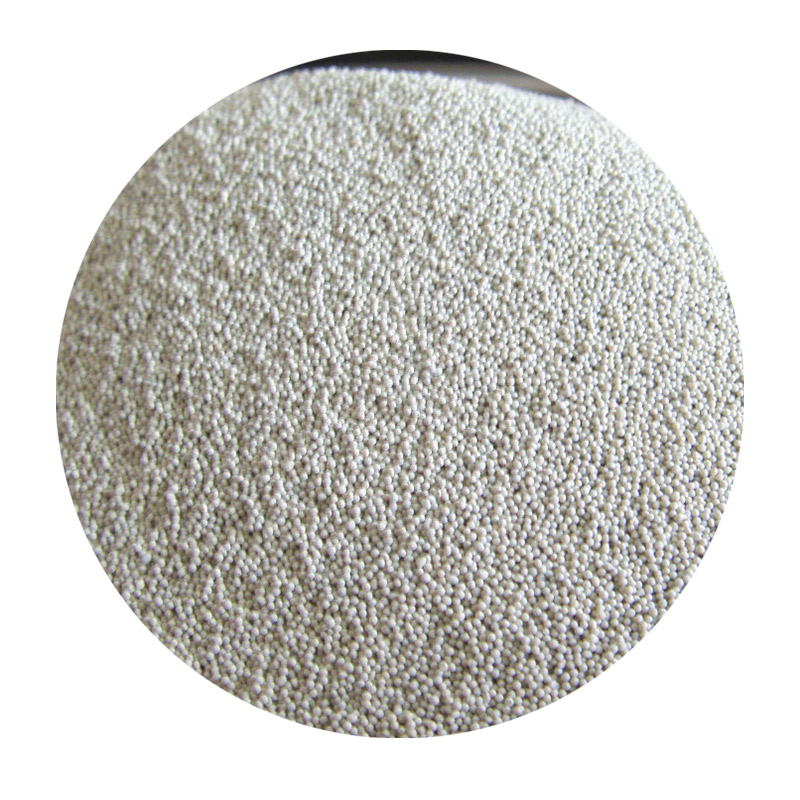Lost Foam Casting Applications An Innovative Approach in Manufacturing
Lost foam casting (LFC) is an advanced metal casting process that has gained significant traction in various industries due to its ability to produce complex shapes with high accuracy and minimal waste. This technology is especially beneficial in applications where precision and detail are critical. As industries continue to evolve and demand more efficient manufacturing techniques, lost foam casting presents a compelling solution.
Understanding Lost Foam Casting
The lost foam casting process involves creating a foam pattern that is coated with a thin layer of sand. This pattern is then placed in a mold, and molten metal is poured into the cavity created by the foam pattern. As the metal flows into the mold, the foam evaporates, leaving behind a solid metal part that has replicated the intricate details of the original foam pattern. This technique is advantageous because it eliminates the need for traditional patterns and cores, which can be costly and time-consuming to produce.
Applications in Aerospace Industry
One of the most significant applications of lost foam casting is in the aerospace industry. Components such as turbine housings, engine casings, and intricate brackets can be manufactured using this method. The ability to create lightweight yet strong parts is crucial in aerospace engineering, where every gram counts. LFC allows engineers to design parts that not only meet stringent safety and performance standards but also optimize fuel efficiency through weight reduction.
Utilization in Automotive Manufacturing
The automotive sector has also recognized the potential of lost foam casting. Complex components such as intake manifolds, cylinder heads, and exhaust manifolds can be produced with exceptional precision. As the automotive industry increasingly shifts towards electric vehicles (EVs) and hybrid models, the need for lightweight and efficient components becomes even more pronounced. Lost foam casting provides automotive manufacturers with the tools to innovate and meet these new challenges while maintaining cost-effectiveness.
Versatility in General Engineering
lost foam casting applications

Beyond aerospace and automotive, lost foam casting finds applications in various general engineering fields. It is utilized in the production of industrial machinery parts, pumps, valves, and custom equipment. The ability to manufacture parts with complex geometries and tight tolerances makes LFC an attractive choice for engineers seeking to enhance the performance and reliability of their products.
Benefits of Lost Foam Casting
The advantages of lost foam casting are numerous. Firstly, it allows for a high degree of design freedom, enabling the creation of intricate shapes that would be difficult or impossible to achieve with traditional casting methods. Secondly, LFC minimizes material waste since the foam pattern completely disappears during the casting process. Furthermore, the elimination of machining steps in many cases results in reduced production times, leading to faster turnaround and cost savings.
Challenges and Future Prospects
Despite its benefits, lost foam casting is not without challenges. The process requires careful temperature control and material selection to avoid defects such as porosity or incomplete filling. Additionally, not all metals can be used with LFC, restricting its applicability in certain sectors. However, advancements in materials science and process engineering are addressing these limitations, paving the way for broader adoption.
Looking to the future, the lost foam casting process is poised for growth as industries continue to seek more efficient and sustainable manufacturing methods. With increasing pressure to reduce carbon footprints and optimize production processes, LFC stands out as a viable option for manufacturers aiming to innovate while meeting environmental responsibilities.
Conclusion
In conclusion, lost foam casting is a cutting-edge manufacturing technique that is transforming the way industries produce complex metal parts. Its applications span across aerospace, automotive, and general engineering sectors, showcasing its versatility and efficiency. As technology continues to advance, lost foam casting is likely to become an integral part of the manufacturing landscape, offering solutions that meet the demands of modern engineering challenges while promoting sustainability and cost-effectiveness.
Post time:Oktoba . 12, 2024 02:56
Next:resin coated sand specification
